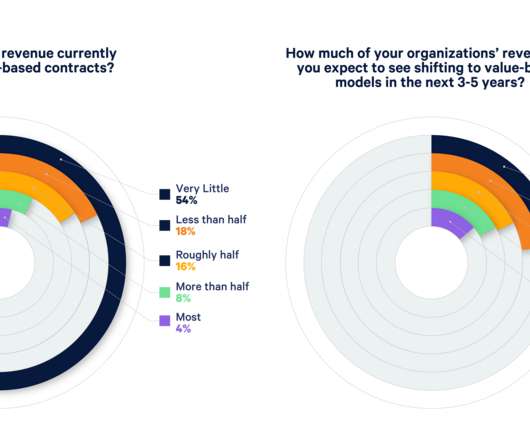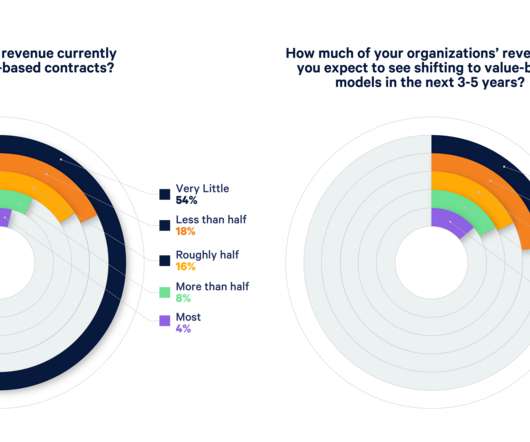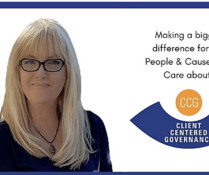Reimagining Nursing: The Path to a More Resilient Healthcare System
Daily Nurse
FEBRUARY 11, 2025
Workforce shortages projected to exceed 100,000 healthcare workers by 2028 and increasing clinician burnout highlight the urgent need for a more sustainable and effective approach to care delivery. As this transformation begins, nurses are uniquely positioned to lead the charge toward implementing effective integrated care models.





















Let's personalize your content